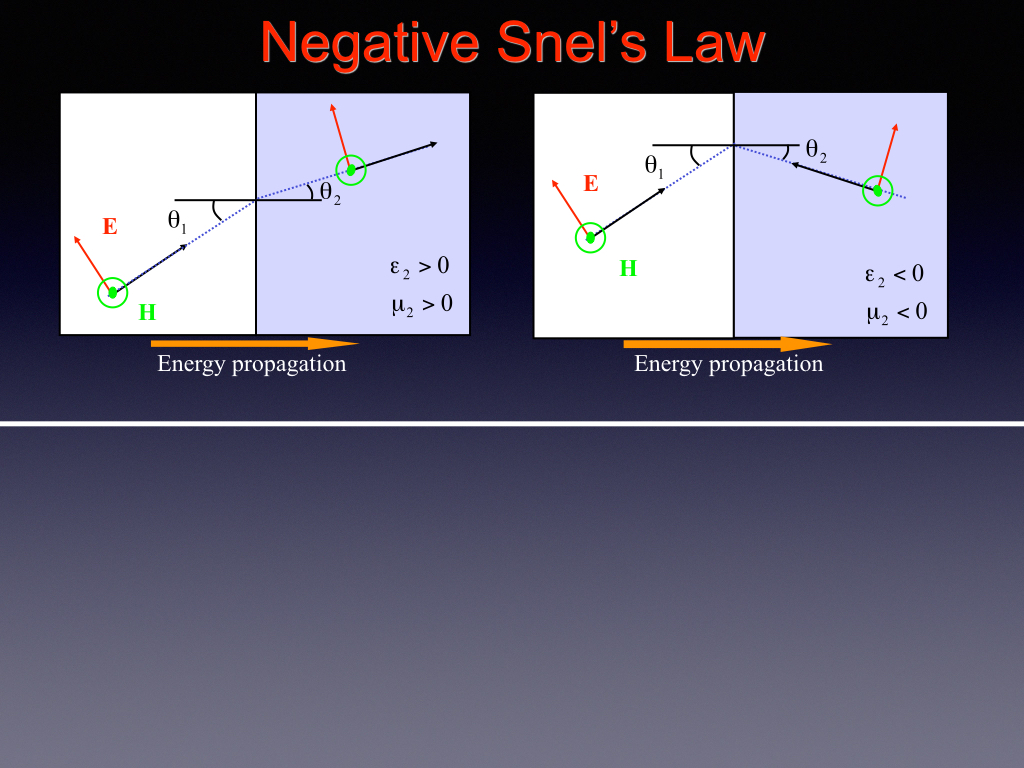

As we shall see, H( X) is even stably compact in that case. Andrea Schalk had proved that H( X) was locally compact in that case, but we can say much more. While we are examining the structural properties of H( X), I’ll show you what happens when X is core-compact (for example, locally compact). In particular, the map η X: X → S( X), which sends every point x to its closure, and which is an embedding of X into S( X) (provided X is T 0), gives rise to an embedding of X into H( X). But the open subsets in the hull-kernel topology are precisely the sets of irreducible closed subsets that intersect a fixed open subset U of X, and these are exactly the sets of the form ◊ U ∩ S( X). What the proposition says, as well, is that the subspace topology is the hull-kernel topology on S( X). Indeed, every element of S( X) (an irreducible closed subset) is a closed subset of X in particular.

This takes one of the simplest possible forms:

Since L is clearly T 0, this concludes the proof.Īnother useful property is that the sobrification S( X) of X embeds into H( X). But that is just the downward closure of the infimum of the points x i, i in I. Since F ⊆ ↓ x i ⊆ ↓ E i, we see that F is equal to the intersection of the sets ↓ x i, i in I. Writing the finite set E i as the union of finitely many closed sets ↓ x, x in E i, and realizing that F is included in that finite union, F must be included in ↓ x for just one point x of E i, by irreducibility. We can write it as an intersection of finitary closed subsets ↓ E i, i in I. Consider any irreducible closed subset F of L. It remains to prove that every complete lattice L is sober in its upper topology. The application to H( X) is direct: H( X) has all infima, hence all suprema, and is therefore a complete lattice, (suprema are computed as the closure of the union), and we have seen that the lower Vietoris topology was the upper topology. More generally, she proved that every complete lattice L is sober in its upper topology. This is due to Andrea Schalk in her PhD thesis. H( X) is always sober, for every space X. There are many things we can say about the Hoare powerspace. So we consider just a one-sided version here. (See Lemma 8.3.26.) The Vietoris topology is the coarsest topology containing both. In general, given a space T X of subsets of X, the lower Vietoris topology is generated by subsets of the form ◊ U, consisting of those elements of T X that intersect U, while the upper Vietoris topology is generated by subsets of the form □ U, U open, defined as the set of elements of T X that are included in U. The two topologies coincide when X is a continuous dcpo, or more generally, a c-space-as we shall see as the very last result of this post. It is easy to see that the lower Vietoris topology on H( X) is just a fancy other name for the upper topology, so that it is always coarser than the Scott topology. (This construction is due to Mike Smyth, but one had to make a distinction with the Smyth hyperspace, also due to Mike Smyth.) There is also a variant where the empty set is excluded, but I won’t be fussy about that. I call H( X) the Hoare hyperspace, because a similar construction is used in denotational semantics, using the Scott topology instead, which is called the Hoare powerdomain. This yields a topology whose specialization ordering is ordinary inclusion. By definition ◊ U is the set of closed sets F of X that intersect U. The topology we take is the so-called lower Vietoris topology, whose subbasic open subsets are those of the form ◊ U, U open in X. This is mentioned in Exercise 9.7.14, where it is proved that H( X) is Noetherian for every Noetherian space X (there is an additional V subscript in the book, too, for “Vietoris”, which I will simply dispense with here). Next time, I will talk about its algebraic theory, and monads.Ĭonsider the space H( X) of all closed subsets of X. However, this time I’ll concentrate on the Hoare hyperspace, and I’ll give you some of the topological properties it enjoys. This is an example of particular importance in denotational semantics, and elsewhere, too. For example, the so-called Smyth powerdomain (Proposition 8.3.25) is one.

Press (1977) pp.While a topological space is a space of points, a hyperspace is a space of subsets, with a suitable topology. Reed (ed.), Set-Theoretic Topology, Acad. van Douwen, "The Pixley–Roy topology on spaces of subsets" G.M. McAllister, "Hyperspaces and multifunctions, the first half century" Nieuw Arch. Vietoris, "Bereiche zweiter Ordnung" Monatsh. It is often used in the construction of counterexamples, see. A space whose points are the elements of some family $\mathfrak_\omega(X)$ is called the Pixley–Roy hyperspace of $X$.


 0 kommentar(er)
0 kommentar(er)
